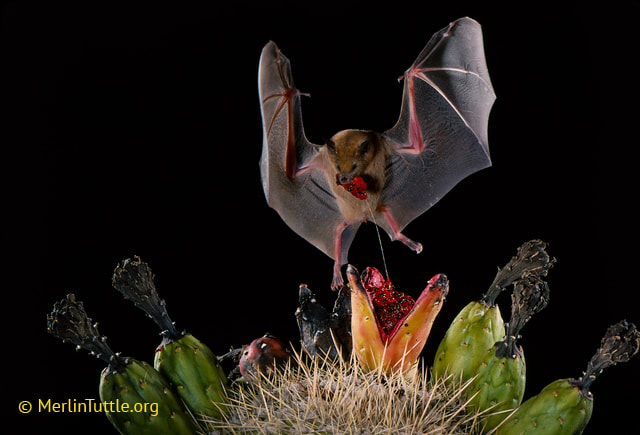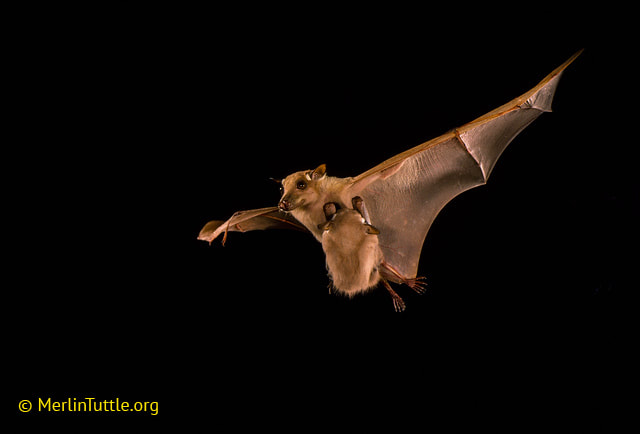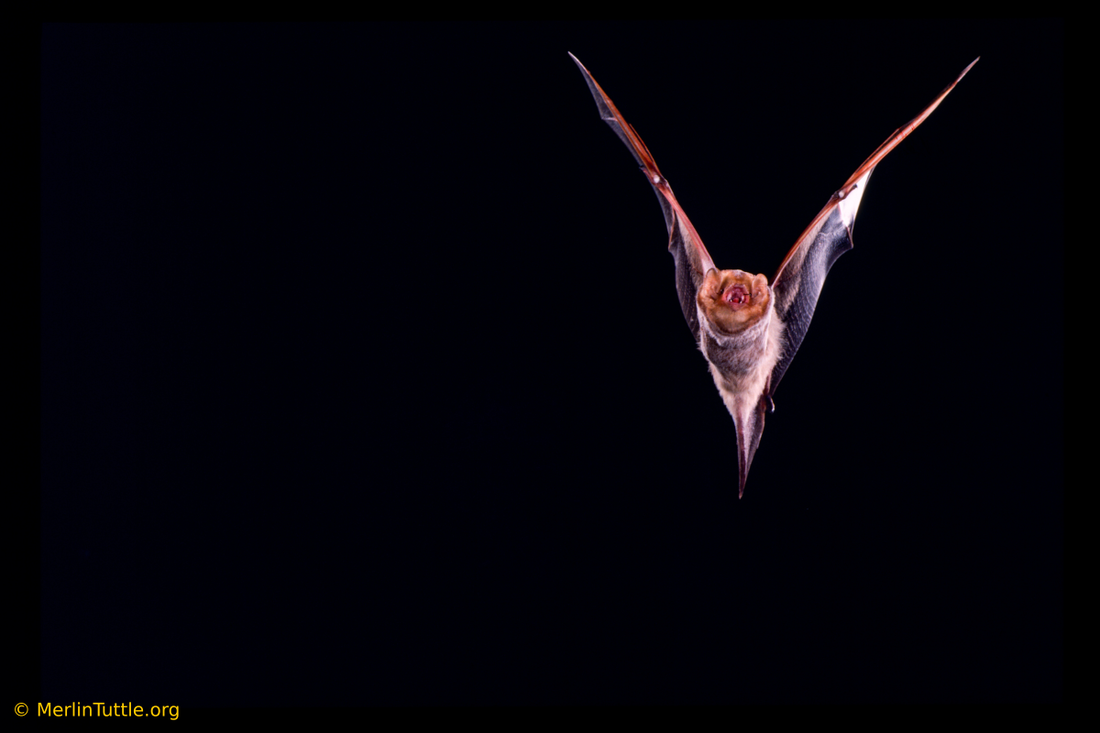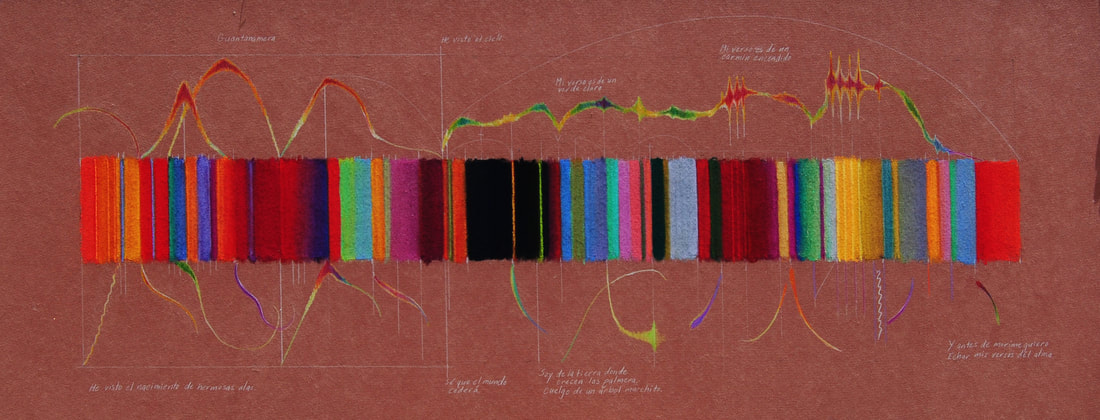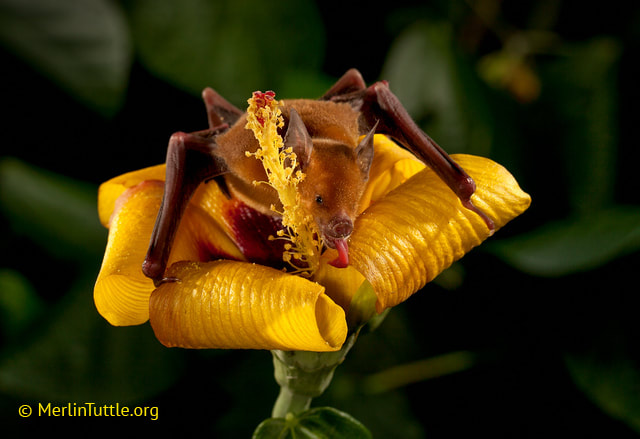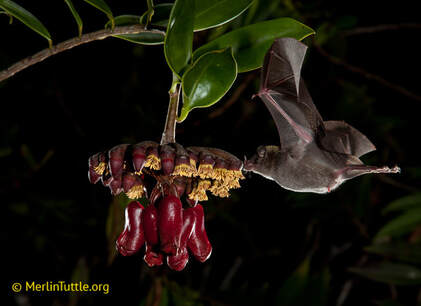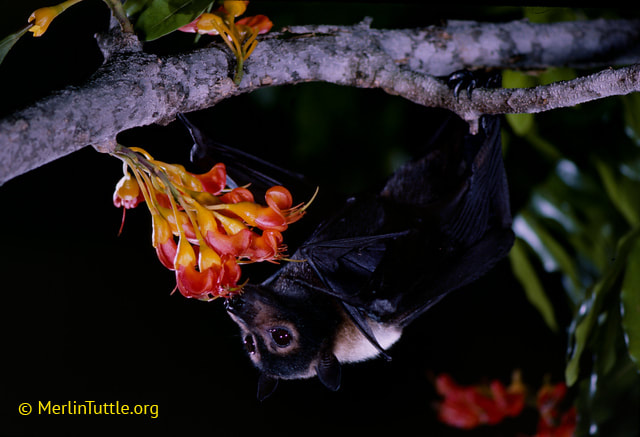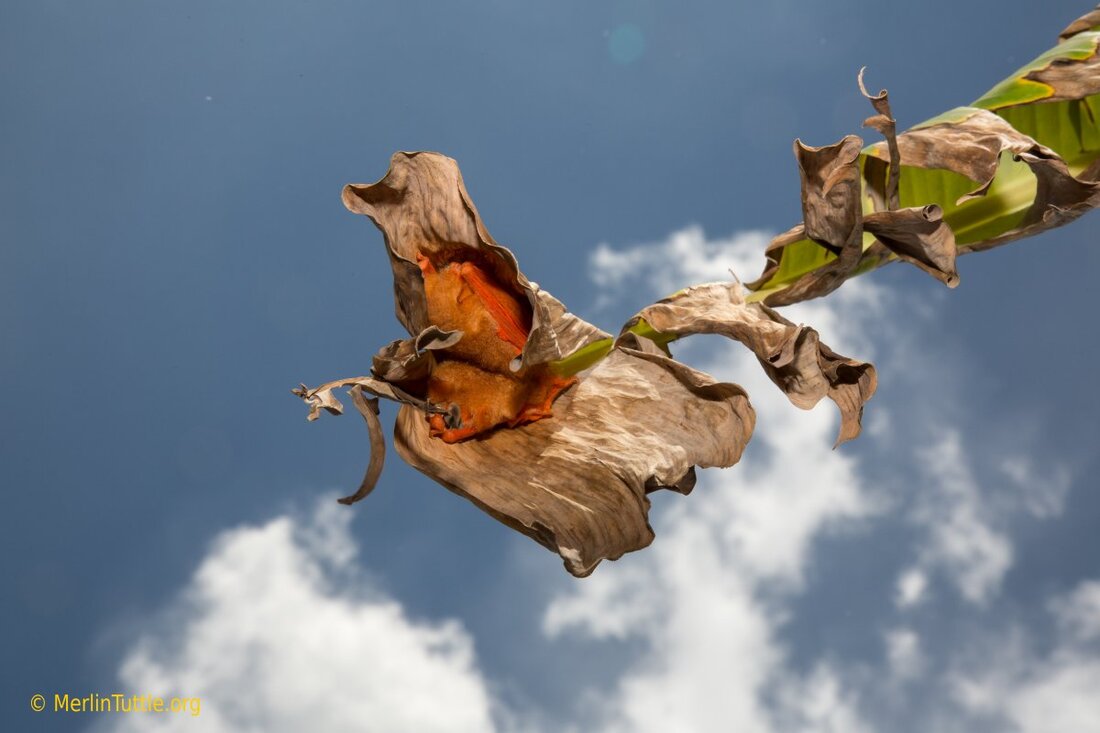Celebrating the lives of bats
|
Bats have occupied our imagination for thousands of years. They are mainly creatures of the night, a realm we fundamentally diurnal beings can’t really penetrate. Beyond their mythical connection to Transylvania and Halloween, bats represent good fortune in China, appearing on artwork and architecture from ancient times. The New York Times reported that a protected species of horseshoe bats lives in the same tower where William Butler Yeats wrote his poetry.
|
|
In the real world, we watch bat colonies on weather radar and flock to their homes under bridges and in caves, just to feel the beat of a million wings above us. We catalog their presence and distinct echolocation with various instruments designed to see more, and further, into their place in the intricate web of nature. We now understand that they lead emotional lives, with devotion to their young and kindred. They sing songs, fight, and take simple pleasures in life.
|
Bat Conservation and Art
Between Starshine and Clay celebrates the remarkable qualities of bats and their unique place in our daily lives and imagination. Visual artist Kerry Hirth uses both music and color to create vibrant drawings that promote a deepening understanding of the value of bats. Weaving the myth and magic of bats into the patterns produced by the instruments we use to track, hear, and see bats, her drawings explore the unfolding mystery of their place in nature, as new and astonishing facts about bats continually surface. They also probe how our connection with bats reveals qualities of our own nature, challenging our dominion over their lives.
Guantanamera recognizes the unique connection between Cuban flower bats and the plants they pollinate. Disc-shaped leaves above flowers have evolved to intensify bat sonar, making them more attractive to bats.
When we lose bats, we lose the story of their place in nature.
Call to Action
|
The question of how to communicate the magic of bats and their vulnerability and loss is a vital one. Bats are like medicine to us. They effectively reduce the population of insects that cause illness and death, silently and mysteriously healing our communities. Given how much we depend on bats to invisibly and sometimes exclusively pollinate and protect the plants that are critical to our survival, and consume the insects that devastate our crops, our best science indicates that in the long term we won’t exist without them. As we continue to exercise dominion over their roosts and necessary foods, we become less healthy and less fulfilled.
|
We have long believed that bats are magical, mythical creatures with the power to determine our fortune.
Now, we know this is true.
Now, we know this is true.
Along with that existential ultimatum comes something else. When we lose bats, we lose the story of their place in nature. Their chirping voices that when slowed to our own ears turn into mysterious whistling songs. Their intelligent navigation of sight and sound, night and day, dark and light, space and flight. These spirit voices teach us how sound becomes vision, and color. They say we are bound to each other, that we should protect and celebrate the things that connect us. If we listen more closely, we might hear them beg us to be kinder, wilder and less proud. They might tell us not to seal our collective fate, but to acknowledge it, and tell the truth, and shape the future differently.
